pytorch view、expand、transpose、permute、reshape、repeat、repeat_interleave
非contiguous操作
There are a few operations on Tensors in PyTorch that do not change the contents of a tensor, but change the way the data is organized. These operations include:
narrow(), view(), expand() and transpose() permute()
This is where the concept of contiguous comes in. In the example above, x is contiguous but y is not because its memory layout is different to that of a tensor of same shape made from scratch. Note that the word “contiguous” is a bit misleading because it’s not that the content of the tensor is spread out around disconnected blocks of memory. Here bytes are still allocated in one block of memory but the order of the elements is different!
When you call contiguous(), it actually makes a copy of the tensor such that the order of its elements in memory is the same as if it had been created from scratch with the same data.
transpose()
permute() and tranpose() are similar. transpose() can only swap two dimension. But permute() can swap all the dimensions. For example:
x = torch.rand(16, 32, 3)
y = x.tranpose(0, 2)z = x.permute(2, 1, 0)
permute
Returns a view of the original tensor input with its dimensions permuted.
>>> x = torch.randn(2, 3, 5)
>>> x.size()
torch.Size([2, 3, 5])
>>> torch.permute(x, (2, 0, 1)).size()
torch.Size([5, 2, 3])
expand
More than one element of an expanded tensor may refer to a single memory location. As a result, in-place operations (especially ones that are vectorized) may result in incorrect behavior. If you need to write to the tensors, please clone them first.
>>> x = torch.tensor([[1], [2], [3]])
>>> x.size()
torch.Size([3, 1])
>>> x.expand(3, 4)
tensor([[ 1, 1, 1, 1],[ 2, 2, 2, 2],[ 3, 3, 3, 3]])
>>> x.expand(-1, 4) # -1 means not changing the size of that dimension
tensor([[ 1, 1, 1, 1],[ 2, 2, 2, 2],[ 3, 3, 3, 3]])
Difference Between view() and reshape()
1/ view(): Does NOT make a copy of the original tensor. It changes the dimensional interpretation (striding) on the original data. In other words, it uses the same chunk of data with the original tensor, so it ONLY works with contiguous data.
2/ reshape(): Returns a view while possible (i.e., when the data is contiguous). If not (i.e., the data is not contiguous), then it copies the data into a contiguous data chunk, and as a copy, it would take up memory space, and also the change in the new tensor would not affect the value in the original tensor.
With contiguous data, reshape() returns a view.
When data is contiguous
x = torch.arange(1,13)
x
>> tensor([ 1, 2, 3, 4, 5, 6, 7, 8, 9, 10, 11, 12])
Reshape returns a view with the new dimension
y = x.reshape(4,3)
y
>>
tensor([[ 1, 2, 3],[ 4, 5, 6],[ 7, 8, 9],[10, 11, 12]])
How do we know it’s a view? Because the element change in new tensor y would affect the value in x, and vice versa
y[0,0] = 100
y
>>
tensor([[100, 2, 3],[ 4, 5, 6],[ 7, 8, 9],[ 10, 11, 12]])
print(x)
>>
tensor([100, 2, 3, 4, 5, 6, 7, 8, 9, 10, 11, 12])
Next, let’s see how reshape() works on non-contiguous data.
# After transpose(), the data is non-contiguous
x = torch.arange(1,13).view(6,2).transpose(0,1)
x
>>
tensor([[ 1, 3, 5, 7, 9, 11],[ 2, 4, 6, 8, 10, 12]])
# Reshape() works fine on a non-contiguous data
y = x.reshape(4,3)
y
>>
tensor([[ 1, 3, 5],[ 7, 9, 11],[ 2, 4, 6],[ 8, 10, 12]])
# Change an element in y
y[0,0] = 100
y
>>
tensor([[100, 3, 5],[ 7, 9, 11],[ 2, 4, 6],[ 8, 10, 12]])
# Check the original tensor, and nothing was changed
x
>>
tensor([[ 1, 3, 5, 7, 9, 11],[ 2, 4, 6, 8, 10, 12]])
Finally, let’s see if view() can work on non-contiguous data.
No, it can’t!
# After transpose(), the data is non-contiguous
x = torch.arange(1,13).view(6,2).transpose(0,1)
x
>>
tensor([[ 1, 3, 5, 7, 9, 11],[ 2, 4, 6, 8, 10, 12]])
# Try to use view on the non-contiguous data
y = x.view(4,3)
y
>>
-------------------------------------------------------------------
RuntimeError Traceback (most recent call last)
----> 1 y = x.view(4,3)2 yRuntimeError: view size is not compatible with input tensor's size and stride (at least one dimension spans across two contiguous subspaces). Use .reshape(...) instead.
contiguous操作
reshape是能返回view就view,不能view就拷贝一份
>>> a = torch.arange(4.)
>>> torch.reshape(a, (2, 2))
tensor([[ 0., 1.],[ 2., 3.]])
>>> b = torch.tensor([[0, 1], [2, 3]])
>>> torch.reshape(b, (-1,))
tensor([ 0, 1, 2, 3])
repeat是新克隆内存,但是expand是原地更新stride
import torch
a = torch.arange(10).reshape(2,5)
# b = a.expand(4,5) #这就崩了,多维上没法expand,用repeat
b = a.repeat(2,2)
print('b={}'.format(b))
'''
b=tensor([[0, 1, 2, 3, 4, 0, 1, 2, 3, 4],[5, 6, 7, 8, 9, 5, 6, 7, 8, 9],[0, 1, 2, 3, 4, 0, 1, 2, 3, 4],[5, 6, 7, 8, 9, 5, 6, 7, 8, 9]])
'''
c = torch.arange(3).reshape(1,3)
print('c={} c.stride()={}'.format(c, c.stride()))
d = c.expand(2,3)
print('d={} d.stride()={}'.format(d, d.stride()))
'''
c=tensor([[0, 1, 2]]) c.stride()=(3, 1), 在dim=0上迈3步,在dim=1上迈1步
d=tensor([[0, 1, 2],[0, 1, 2]]) d.stride()=(0, 1), 在dim=0上迈0步,在dim=1上迈1步
'''
d[0][0] = 5
print('c={} d={}'.format(c, d))
'''
c=tensor([[5, 1, 2]]) d=tensor([[5, 1, 2],[5, 1, 2]])
'''
repeat_interleave是把相邻着重复放,但是repeat是整体重复。所以repeat_interleave要指定下dim,但是repeat一次多维重复
This is different from torch.Tensor.repeat() but similar to numpy.repeat.
>>> x = torch.tensor([1, 2, 3])
>>> x.repeat_interleave(2)
tensor([1, 1, 2, 2, 3, 3])
>>> y = torch.tensor([[1, 2], [3, 4]])
>>> torch.repeat_interleave(y, 2)
tensor([1, 1, 2, 2, 3, 3, 4, 4])
>>> torch.repeat_interleave(y, 3, dim=1)
tensor([[1, 1, 1, 2, 2, 2],[3, 3, 3, 4, 4, 4]])
# 第一行重复1遍,第二行重复2遍
>>> torch.repeat_interleave(y, torch.tensor([1, 2]), dim=0)
tensor([[1, 2],[3, 4],[3, 4]])
>>> torch.repeat_interleave(y, torch.tensor([1, 2]), dim=0, output_size=3)
tensor([[1, 2],[3, 4],[3, 4]])- https://stackoverflow.com/questions/48915810/what-does-contiguous-do-in-pytorch
- https://medium.com/analytics-vidhya/pytorch-contiguous-vs-non-contiguous-tensor-view-understanding-view-reshape-73e10cdfa0dd
相关文章:

pytorch view、expand、transpose、permute、reshape、repeat、repeat_interleave
非contiguous操作 There are a few operations on Tensors in PyTorch that do not change the contents of a tensor, but change the way the data is organized. These operations include: narrow(), view(), expand() and transpose() permute() This is where the con…...
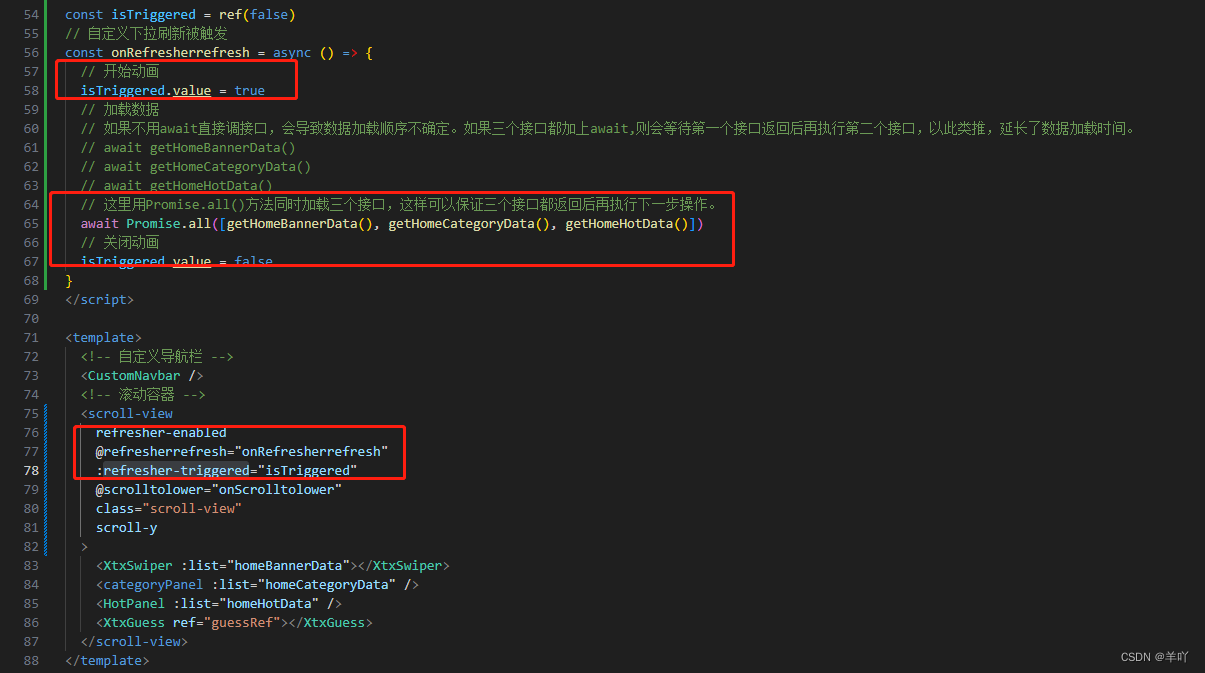
uni-app实现下拉刷新
业务逻辑如下: 1.在滚动容器中加入refresher-enabled属性,表示为开启下拉刷新 2.监听事件,添加refresherrefresh事件 3.在事件监听函数中加载数据 4.关闭动画,添加refresher-triggered属性,在数据请求前开启刷新动画…...

vue ts 应用梳理
文章目录 前言一、页面传值1.1 [props](https://cn.vuejs.org/guide/components/props.html)1.2 [emit](https://cn.vuejs.org/guide/components/events.html)1.3 [store](https://pinia.vuejs.org/zh/getting-started.html) 二、实时计算2.1 [watch](https://cn.vuejs.org/gui…...
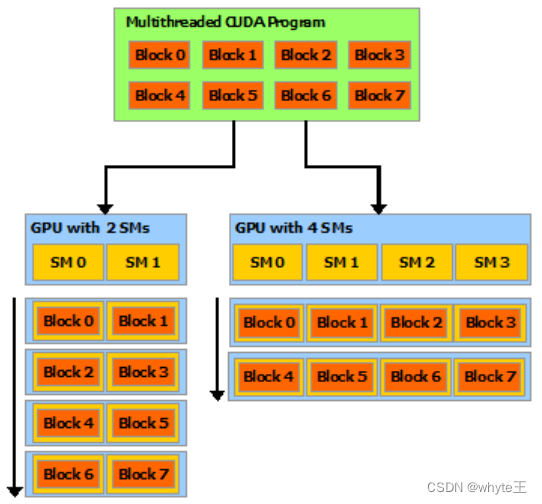
CUDA12.4文档-全文翻译
本博客参考官方文档进行介绍,全网仅此一家进行中文翻译,走过路过不要错过。 官方网址:https://docs.nvidia.com/cuda/cuda-c-programming-guide/ 本文档分成多个博客进行介绍,在本人专栏中含有所有内容: https://blog.csdn.net/qq_33345365/category_12610860.html CU…...
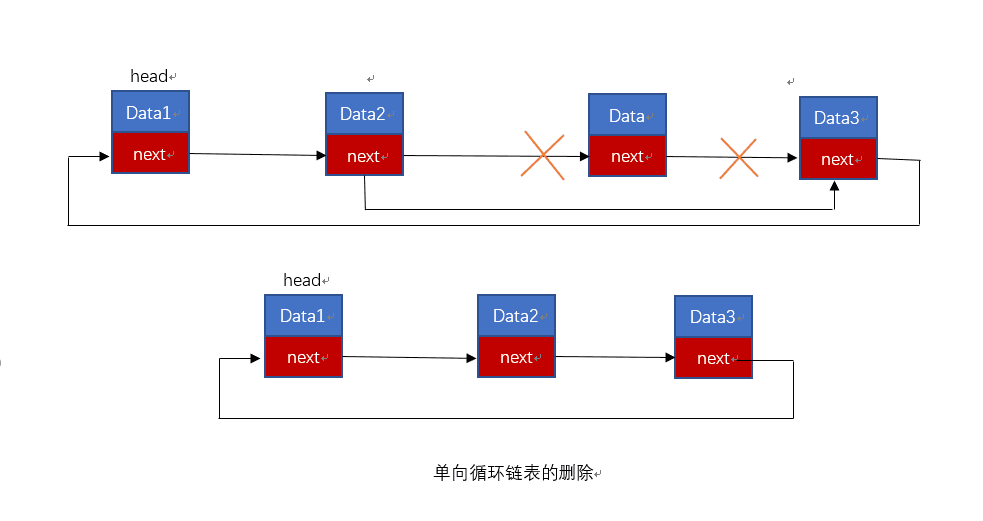
【C 数据结构】循环链表
文章目录 【 1. 基本原理 】【 2. 循环链表的创建 】2.1 循环链表结点设计2.2 循环单链表初始化 【 3. 循环链表的 插入 】【 4. 循环单链表的 删除操作 】【 5. 循环单链表的遍历 】【 6. 实例 - 循环链表的 增删查改 】【 7. 双向循环链表 】 【 1. 基本原理 】 对于单链表以…...

Python列表
使用场景:列表是用来存储多组数据的 列表是可变类型 列表支持切片 1.基本规则 1.列表使用[]来表示 2.初始化列表:list [] 3.列表可以一次性存储多个数据:[数据1,数据2,数据3,…] 4.列表中的每一项&#…...

谈谈系列之金融直播展业畅想
近些年直播异常火热,对于各大中小型基金证券公司,也纷纷引入直播作为新型展业渠道。在这其中有一部分直接采用第三方云平台,也有少部分选择自建直播平台。当然自建直播平台也不是纯自研,大抵都是外购第三方厂商整体解决方案&#…...
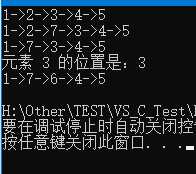
【C 数据结构】双向链表
文章目录 【 1. 基本原理 】【 2. 双向链表的 创建 】实例 - 输出双向链表 【 3. 双向链表 添加节点 】【 4. 双向链表 删除节点 】【 5. 双向链表查找节点 】【 7. 双向链表更改节点 】【 8. 实例 - 双向链表的 增删查改 】 【 1. 基本原理 】 表中各节点中都只包含一个指针&…...
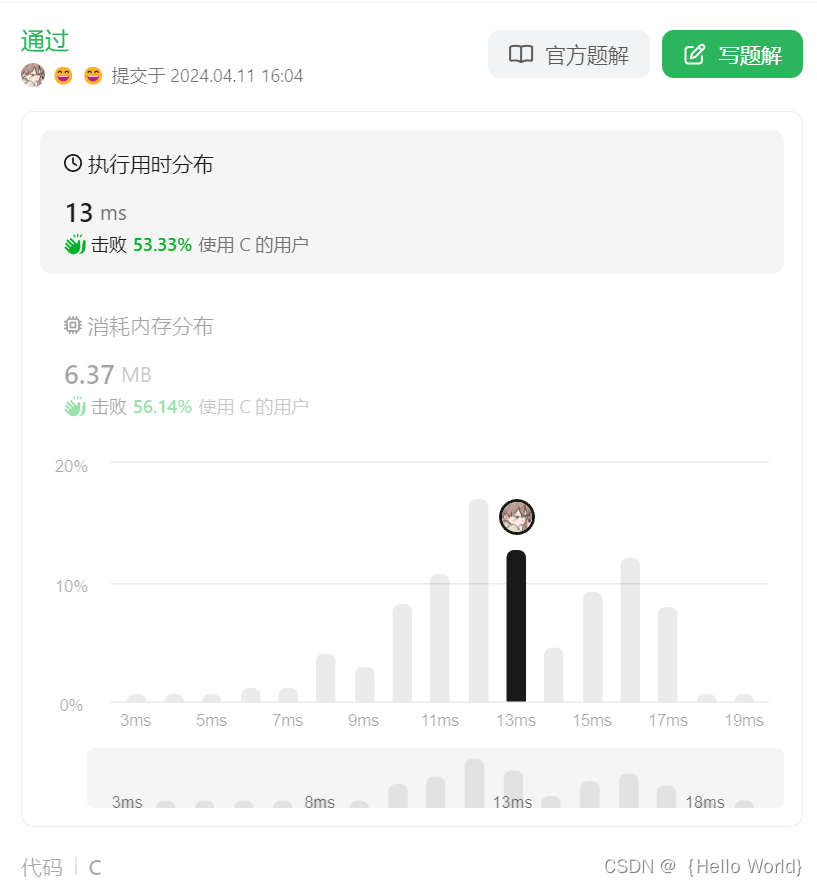
Leetcode刷题之消失的数字(C语言版)
Leetcode刷题之消失的数字(C语言版) 一、题目描述二、题目解析 一、题目描述 数组nums包含从0到n的所有整数,但其中缺了一个。请编写代码找出那个缺失的整数。你有办法在O(n)时间内完成吗? 注意:本题相对书上原题稍作…...

LeetCode654:最大二叉树
题目描述 给定一个不重复的整数数组 nums 。 最大二叉树 可以用下面的算法从 nums 递归地构建: 创建一个根节点,其值为 nums 中的最大值。 递归地在最大值 左边 的 子数组前缀上 构建左子树。 递归地在最大值 右边 的 子数组后缀上 构建右子树。 返回 nums 构建的 …...
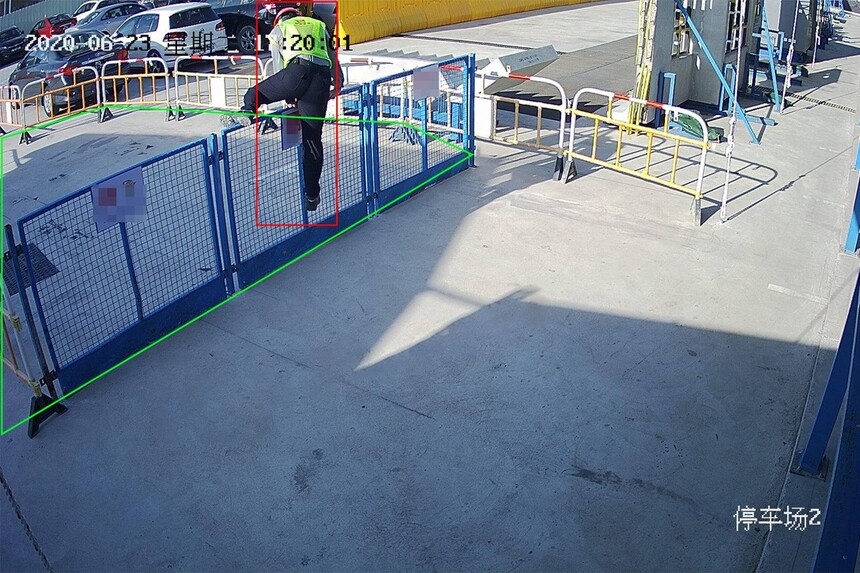
AI禁区徘徊监测识别摄像机
AI禁区徘徊监测识别摄像机是一种基于人工智能技术的智能监控设备,用于监测禁止进入或逗留的区域。这种摄像机通过高清摄像头实时捕捉场景图像,利用AI算法对人员徘徊行为进行识别和监测,有助于提高安全防范水平,减少潜在的安全风险…...
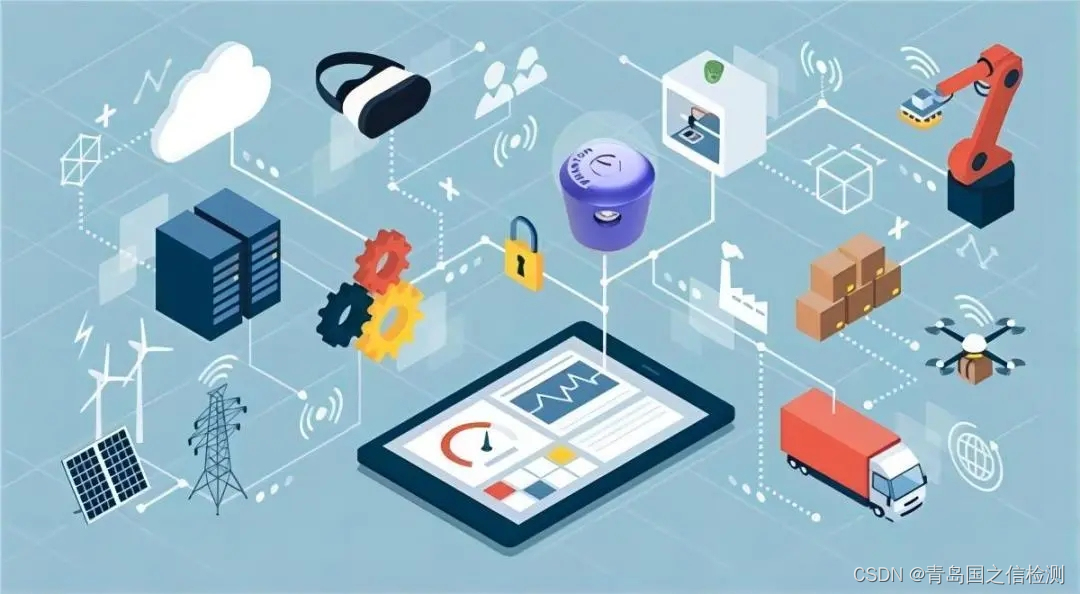
【学习】什么是信创适配性测试?信创适配性测试的重要性有哪些?
随着信息技术的快速发展和广泛应用,信息技术应用创新(信创)已成为推动我国产业升级和经济发展的重要力量。在信创领域,适配性测试至关重要,它不仅关系到信创产品的质量和性能,还直接影响到用户的使用体验和…...

linux 配置服务开机启动
一、Centos 中配置进程开启启动 1、使用 systemd 服务: (1)创建一个名为 myapp.service 的服务文件: [Unit] DescriptionMyApp #描述 After #描述服务类别 [Service] Typefork…...

React中State管理的4 个关键解决方案
在 React 应用开发中,状态(state)管理是非常重要的一部分。合理地管理状态可以确保组件的行为正确,提高应用的可维护性和性能。然而,在实际使用 React 的 state 时,开发者常常会遇到一些常见的问题和陷阱。 本文将从解决问题的角度,总结 React 中 state 管理的4个关键技巧: 使…...

Testng测试框架(6)--@Factory动态地创建测试类的实例
工厂允许您动态地创建测试。例如,假设您想创建一个测试方法,该方法将多次访问网站上的某个页面,并且您希望使用不同的值来调用它。 public class TestWebServer {Test(parameters { "number-of-times" })public void accessPage(…...
运维实战:案例解析与代码实践)
Kubernetes(K8s)运维实战:案例解析与代码实践
一、引言 随着容器技术的普及,Kubernetes(K8s)作为容器编排领域的领军者,已成为企业运维不可或缺的工具。K8s以其强大的自动化管理、可扩展性和高可用性等特点,为运维人员提供了便捷、高效的管理手段。本文将结合具体案…...

nginx反向代理配置详解
首先配置端口 server {listen 3080; server_name 172.20.109.27 localhost;}为了解决刷新后显示404的问题,增加配置如下: location / {root html;index index.html index.htm;try_files $uri $uri.html $uri/ mongrel;}location mongrel {# ip…...

【LeetCode】单调栈类题目详解
所有题目均来自于LeetCode,刷题代码使用的Python3版本 单调栈 通常针对一维数组的问题,如果需要寻找一个元素右边或者左边第一个比自己大或者小的元素的位置,就可以使用单调栈,时间复杂度为O(n) 单调栈的本质是空间换时间&#…...

Python上解决TypeError: not all arguments converted during string formatting错误
目录 背景尝试1: pymysql模块的escape_string方法尝试2: 修改pandas.read_excel引擎尝试3: 回退xlrd版本总结 背景 在Linux上部署的时候, 使用pandas模块读取Excel, 然后pymysql模块入库, 结果发生了错误 Traceback (most recent call last):File "/usr/local/lib64/pyth…...
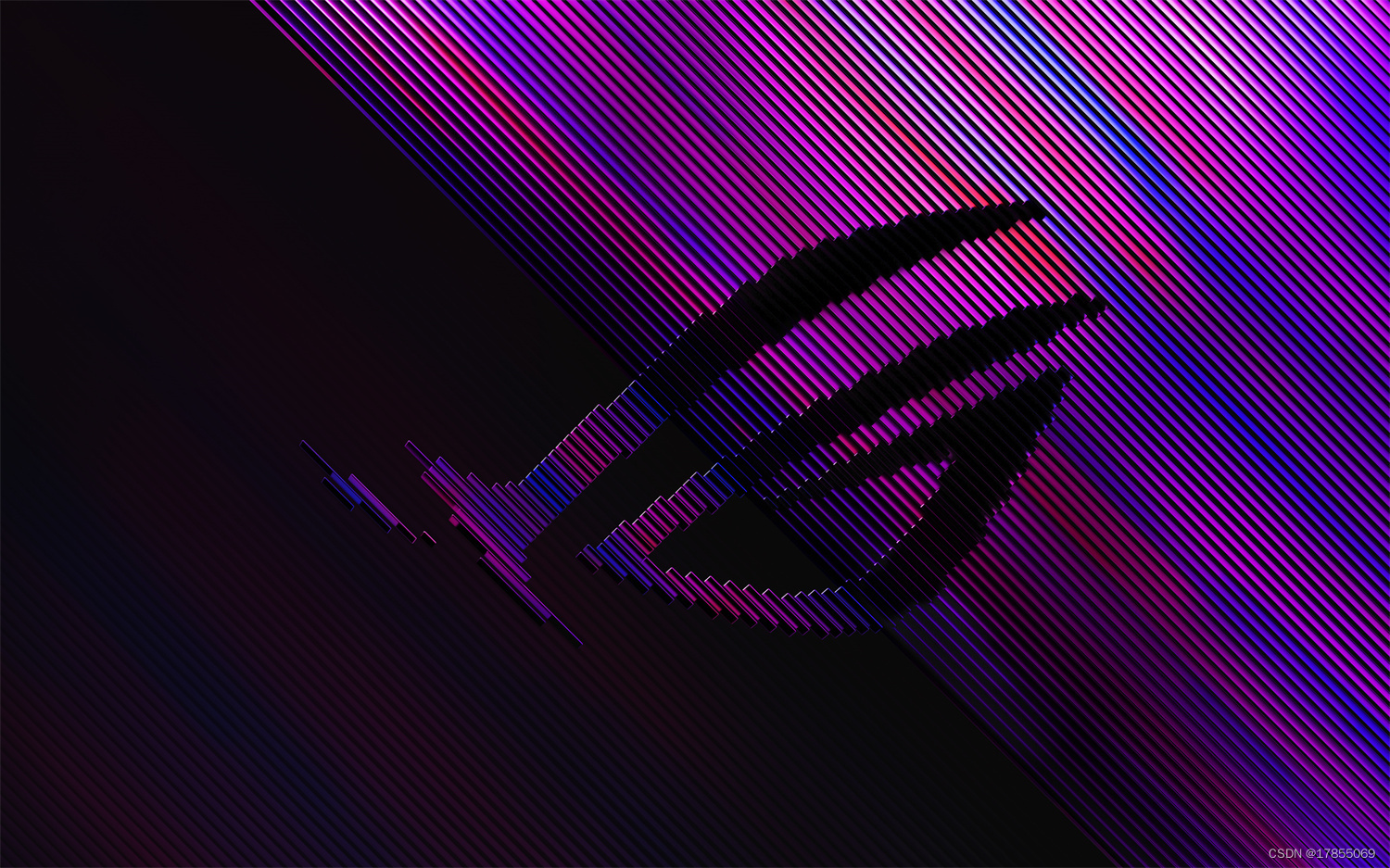
ASUS华硕ROG幻16Air笔记本电脑GU605M原装出厂Win11系统工厂包下载,带有ASUSRecovery一键重置还原
适用型号:GU605MI、GU605MY、GU605MZ、GU605MV、GU605MU 链接:https://pan.baidu.com/s/1YBmZZbTKpIu883jYCS9KfA?pwd9jd4 提取码:9jd4 华硕原厂Windows11系统带有ASUS RECOVERY恢复功能、自带所有驱动、出厂主题壁纸、系统属性联机支持…...

测试微信模版消息推送
进入“开发接口管理”--“公众平台测试账号”,无需申请公众账号、可在测试账号中体验并测试微信公众平台所有高级接口。 获取access_token: 自定义模版消息: 关注测试号:扫二维码关注测试号。 发送模版消息: import requests da…...

手游刚开服就被攻击怎么办?如何防御DDoS?
开服初期是手游最脆弱的阶段,极易成为DDoS攻击的目标。一旦遭遇攻击,可能导致服务器瘫痪、玩家流失,甚至造成巨大经济损失。本文为开发者提供一套简洁有效的应急与防御方案,帮助快速应对并构建长期防护体系。 一、遭遇攻击的紧急应…...

MySQL 隔离级别:脏读、幻读及不可重复读的原理与示例
一、MySQL 隔离级别 MySQL 提供了四种隔离级别,用于控制事务之间的并发访问以及数据的可见性,不同隔离级别对脏读、幻读、不可重复读这几种并发数据问题有着不同的处理方式,具体如下: 隔离级别脏读不可重复读幻读性能特点及锁机制读未提交(READ UNCOMMITTED)允许出现允许…...

STM32+rt-thread判断是否联网
一、根据NETDEV_FLAG_INTERNET_UP位判断 static bool is_conncected(void) {struct netdev *dev RT_NULL;dev netdev_get_first_by_flags(NETDEV_FLAG_INTERNET_UP);if (dev RT_NULL){printf("wait netdev internet up...");return false;}else{printf("loc…...
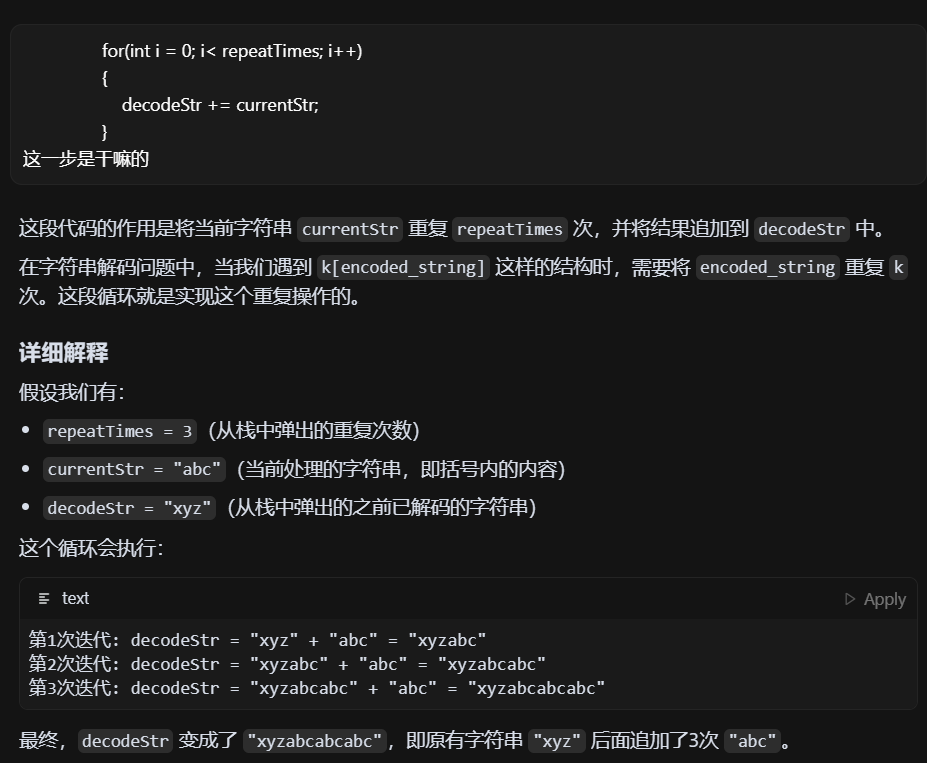
LeetCode - 394. 字符串解码
题目 394. 字符串解码 - 力扣(LeetCode) 思路 使用两个栈:一个存储重复次数,一个存储字符串 遍历输入字符串: 数字处理:遇到数字时,累积计算重复次数左括号处理:保存当前状态&a…...

Golang dig框架与GraphQL的完美结合
将 Go 的 Dig 依赖注入框架与 GraphQL 结合使用,可以显著提升应用程序的可维护性、可测试性以及灵活性。 Dig 是一个强大的依赖注入容器,能够帮助开发者更好地管理复杂的依赖关系,而 GraphQL 则是一种用于 API 的查询语言,能够提…...

关于 WASM:1. WASM 基础原理
一、WASM 简介 1.1 WebAssembly 是什么? WebAssembly(WASM) 是一种能在现代浏览器中高效运行的二进制指令格式,它不是传统的编程语言,而是一种 低级字节码格式,可由高级语言(如 C、C、Rust&am…...

Mac下Android Studio扫描根目录卡死问题记录
环境信息 操作系统: macOS 15.5 (Apple M2芯片)Android Studio版本: Meerkat Feature Drop | 2024.3.2 Patch 1 (Build #AI-243.26053.27.2432.13536105, 2025年5月22日构建) 问题现象 在项目开发过程中,提示一个依赖外部头文件的cpp源文件需要同步,点…...

基于SpringBoot在线拍卖系统的设计和实现
摘 要 随着社会的发展,社会的各行各业都在利用信息化时代的优势。计算机的优势和普及使得各种信息系统的开发成为必需。 在线拍卖系统,主要的模块包括管理员;首页、个人中心、用户管理、商品类型管理、拍卖商品管理、历史竞拍管理、竞拍订单…...

ubuntu22.04 安装docker 和docker-compose
首先你要确保没有docker环境或者使用命令删掉docker sudo apt-get remove docker docker-engine docker.io containerd runc安装docker 更新软件环境 sudo apt update sudo apt upgrade下载docker依赖和GPG 密钥 # 依赖 apt-get install ca-certificates curl gnupg lsb-rel…...
